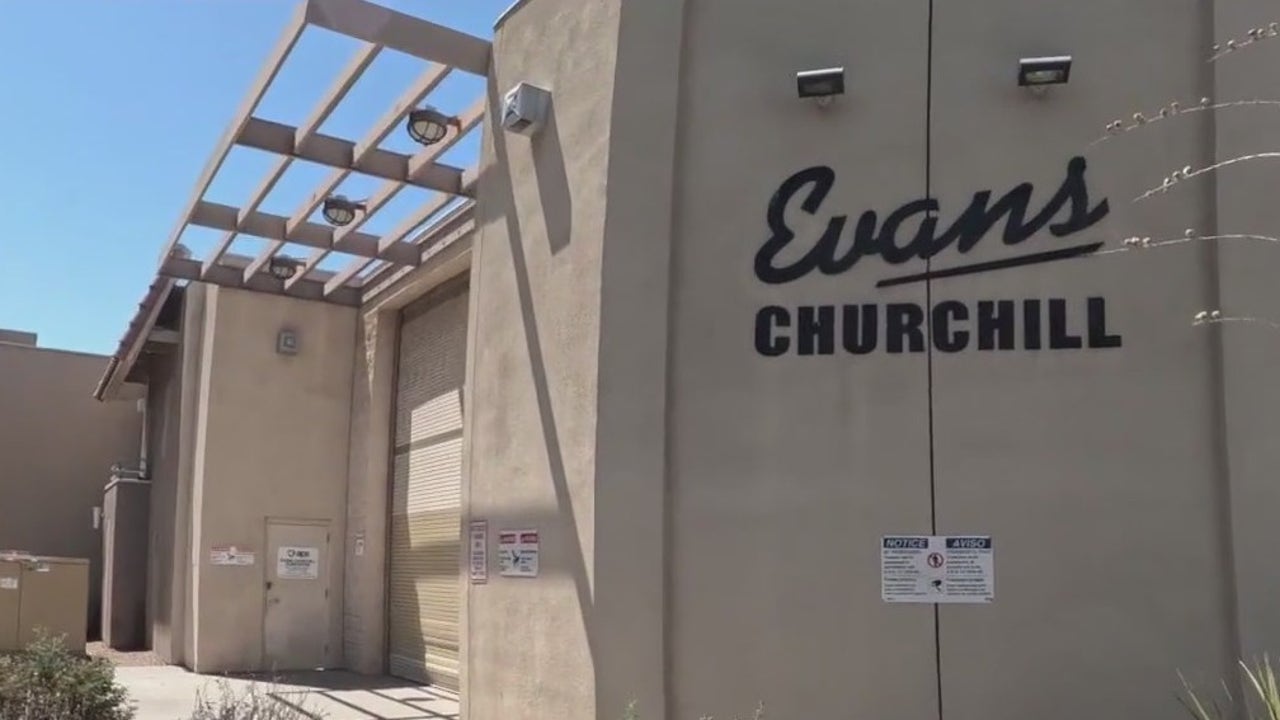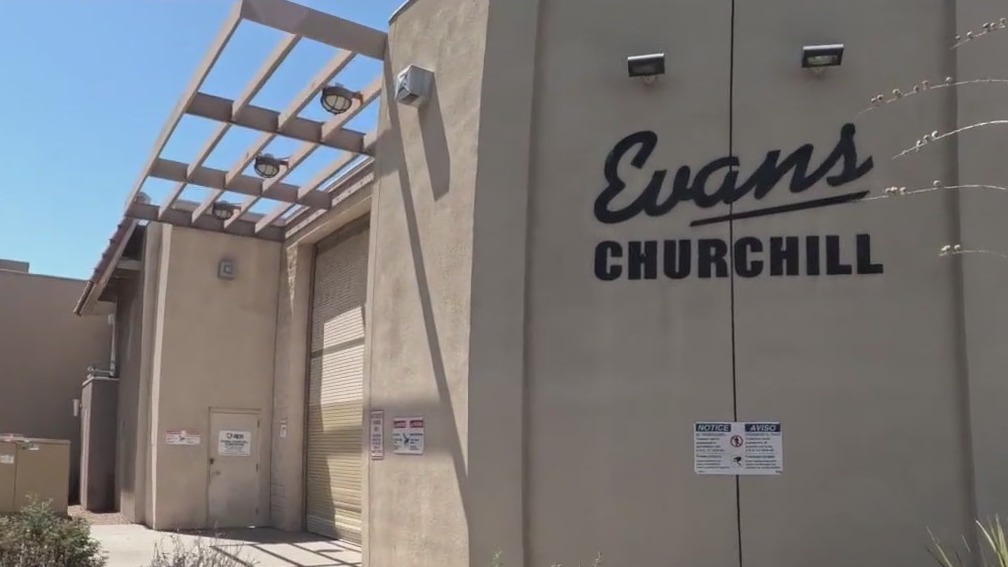
PHOENIX – Camouflaged utility structures are not uncommon in Arizona.
In downtown Phoenix, an electrical substation at the corner of 7th and Roosevelt streets is creatively hidden, blending into the Roosevelt Row neighborhood.
What we know:
FOX 10 toured the facility with APS on July 29.
From the outside, it appears to be a building with decorative walls and murals painted by eight local artists, serving as a welcoming sign for the arts district. Inside, however, APS describes the electrical substation as “four walls and no roof.”
“This is an electrical substation, so our substations take high-voltage electricity from our power plants and transfer them to lower voltages that are easier to distribute to customers,” said Ashley Kelly with APS. “The purpose of kind of the exterior of the substation is to protect our equipment, and help blend into the community.”
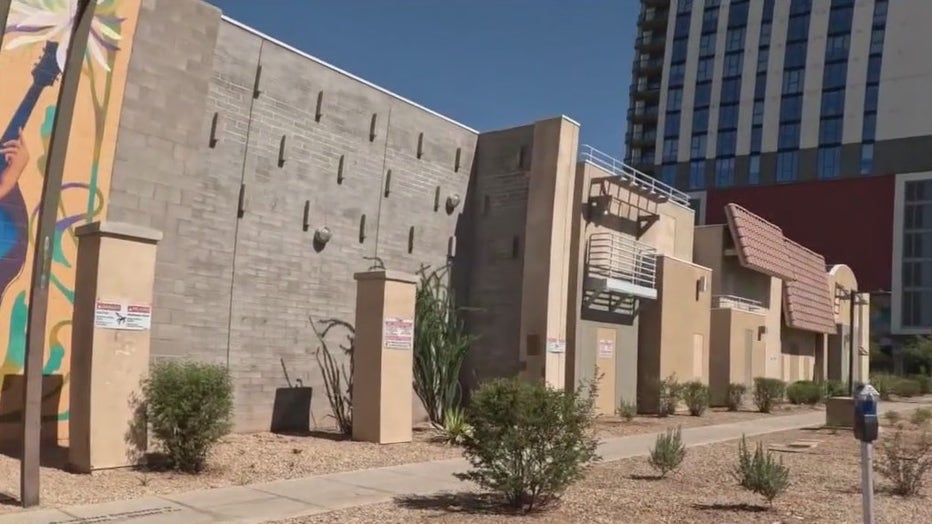
APS collaborated with the city of Phoenix and local communities on the facade.
While this particular substation, named the Evans Churchill Substation, is unique in its elaborate disguise among APS’s 434 substations, a portion of the 60,000-square-foot facility has been in place since the early 2000s, with an expansion completed in 2023.
One section mimics an entertainment venue, while another side features fake balconies and shingles to resemble an apartment complex, making it blend seamlessly into its urban surroundings.
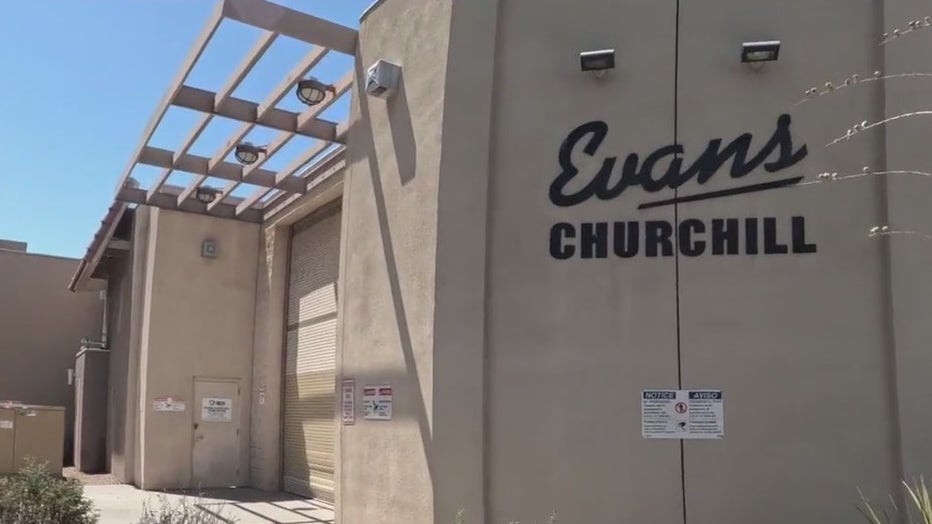
Sedona Storage Facility:
Sedona also has a similar structure, using a house-like structure to hide a massive underground water tank.
The Arizona Corporation Commission unanimously decided July 24 that Sedona water customers will exclusively bear the extra costs for the new 1.5 million-gallon underground water tank designed to look like a house.
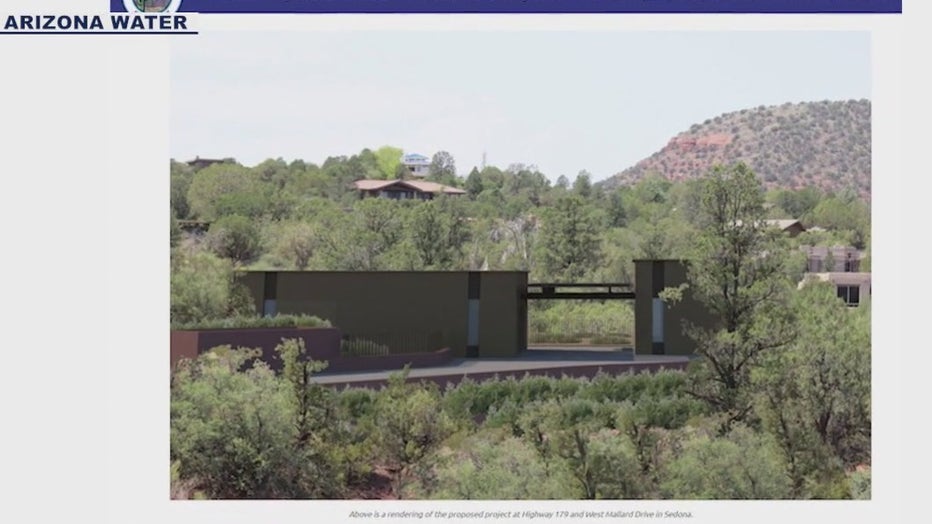
The Arizona Water Company spent approximately $20 million on the East Sedona Water Storage Tank and Booster Project, completed in March. However, securing approval from Sedona officials for the project’s aesthetic demands, including burying the tank and constructing a house-like camouflage structure, added more than $6 million in incremental costs.
The utility had sought to spread these costs across its entire Northern District, which encompasses several northern Arizona communities. However, the commission ruled that only Sedona customers should be responsible for the expenses incurred by the city’s unique requirements.
